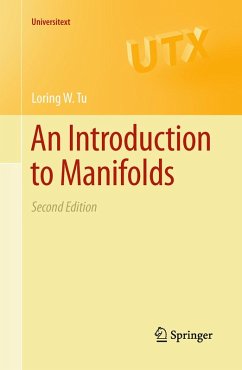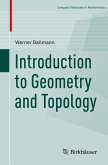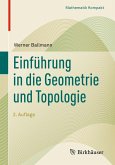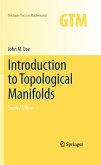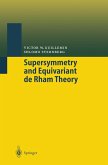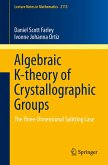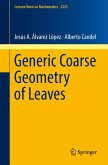Manifolds, the higher-dimensional analogues of smooth curves and surfaces, are fundamental objects in modern mathematics. Combining aspects of algebra, topology, and analysis, manifolds have also been applied to classical mechanics, general relativity, and quantum field theory. In this streamlined introduction to the subject, the theory of manifolds is presented with the aim of helping the reader achieve a rapid mastery of the essential topics. By the end of the book the reader should be able to compute, at least for simple spaces, one of the most basic topological invariants of a manifold, its de Rham cohomology. Along the way the reader acquires the knowledge and skills necessary for further study of geometry and topology. The second edition contains fifty pages of new material. Many passages have been rewritten, proofs simplified, and new examples and exercises added. This work may be used as a textbook for a one-semester graduate or advanced undergraduate course, as well as by students engaged in self-study. The requisite point-set topology is included in an appendix of twenty-five pages; other appendices review facts from real analysis and linear algebra. Hints and solutions are provided to many of the exercises and problems. Requiring only minimal undergraduate prerequisites, "An Introduction to Manifolds" is also an excellent foundation for the author's publication with Raoul Bott, "Differential Forms in Algebraic Topology."
Dieser Download kann aus rechtlichen Gründen nur mit Rechnungsadresse in A, B, BG, CY, CZ, D, DK, EW, E, FIN, F, GR, HR, H, IRL, I, LT, L, LR, M, NL, PL, P, R, S, SLO, SK ausgeliefert werden.
From the reviews of the second edition:
"This book could be called a prequel to the book 'Differential forms in algebraic topology' by R. Bott and the author. Assuming only basic background in analysis and algebra, the book offers a rather gentle introduction to smooth manifolds and differential forms offering the necessary background to understand and compute deRham cohomology. ... The text also contains many exercises ... for the ambitious reader." (A. Cap, Monatshefte für Mathematik, Vol. 161 (3), October, 2010)
"This book could be called a prequel to the book 'Differential forms in algebraic topology' by R. Bott and the author. Assuming only basic background in analysis and algebra, the book offers a rather gentle introduction to smooth manifolds and differential forms offering the necessary background to understand and compute deRham cohomology. ... The text also contains many exercises ... for the ambitious reader." (A. Cap, Monatshefte für Mathematik, Vol. 161 (3), October, 2010)

